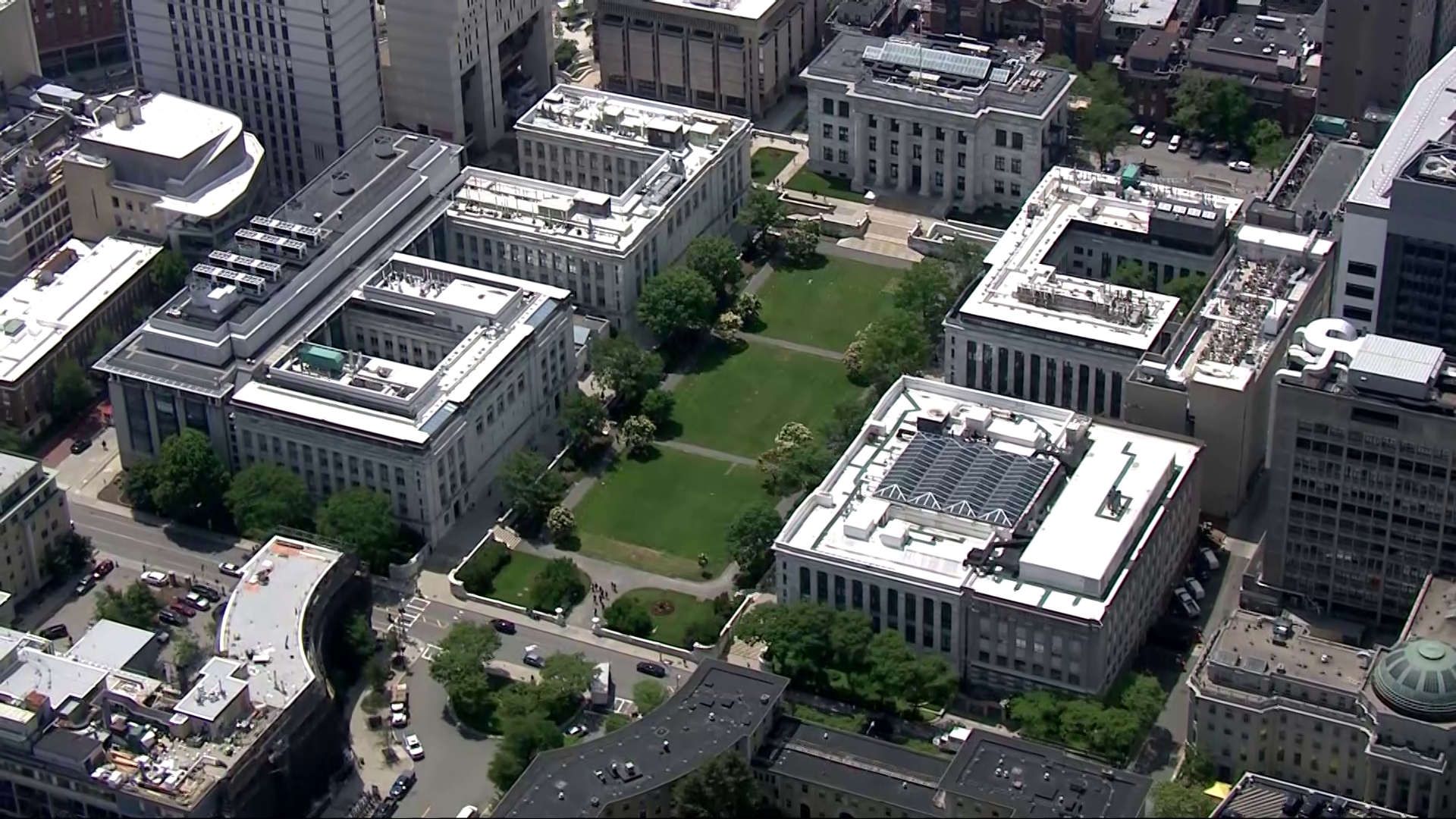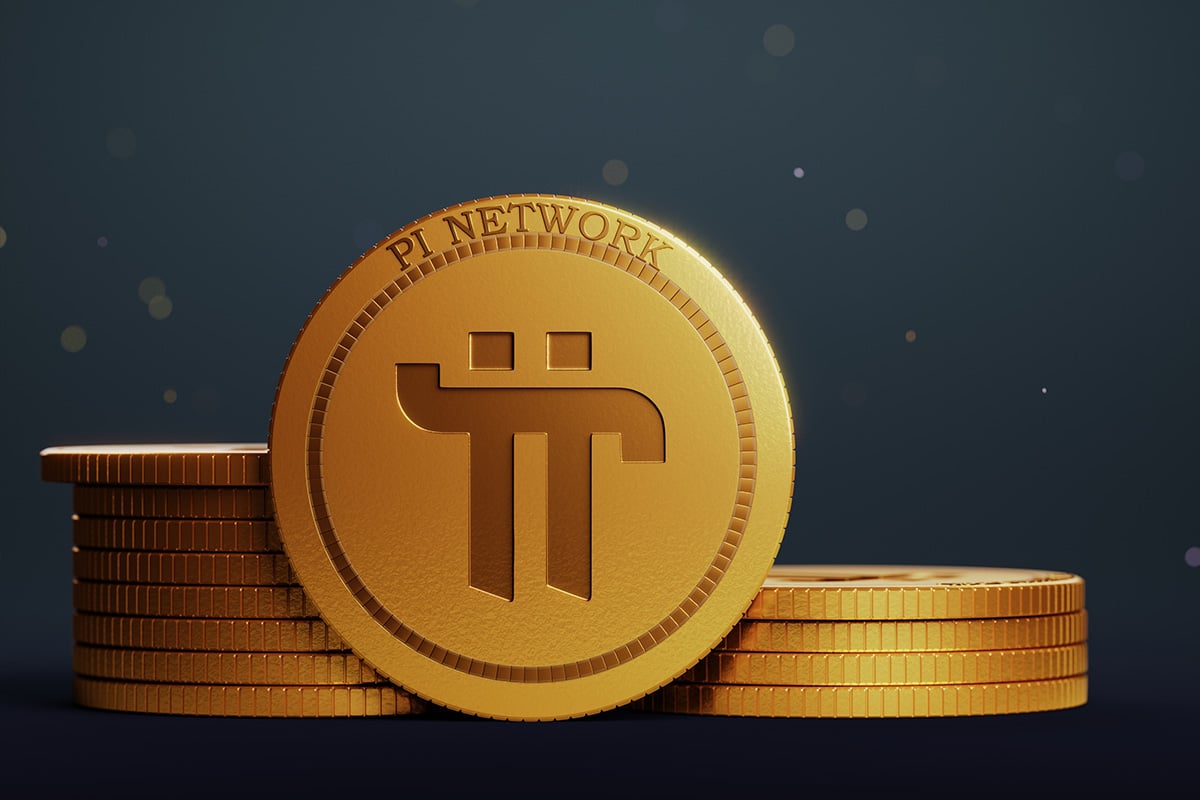
Pheelz Hints At New Collaboration With Fireboy DML, Shares Snippet Of New Track gistlover.com
source

The Harvard University Police Department is investigating what they’re calling an intentional explosion inside a building on the medical campus early Saturday morning.
Police say the explosion occurred around 2:48 a.m. on the fourth floor of the Goldenson Building at 220 Longwood Ave.
There were no reports of any injuries.
A responding officer saw two people fleeing the scene and tried stopping them, but was unsuccessful, according to police.
Investigators from the Boston Fire Department Arson Unit made an initial assessment that the explosion appeared to be intentional.
Boston police officers conducted a sweep of the building to check for additional devices.
The Harvard University Police Department is actively investigating the incident, as well as the FBI and other law enforcement agencies.
Anyone with information is asked to call the Harvard detective bureau at 617-495-1796.
No further information was immediately available.
Hearst Television participates in various affiliate marketing programs, which means we may get paid commissions on editorially chosen products purchased through our links to retailer sites.

A discussion has surfaced within the crypto community regarding the reasoning behind XRP’s fixed supply of 100 billion tokens. For years, enthusiasts and investors have questioned why Ripple opted for such a large figure when most cryptocurrencies operate with far smaller caps. Ripple’s Chief Technology Officer, David Schwartz, recently addressed the question on the social platform X, shedding light on the considerations that guided the early design of the XRP Ledger.
Technical Foundations Behind XRP’s 100 Billion Supply
David Schwartz was one of the original architects behind XRP and the XRP Ledger in 2012, and as such, he possesses unmatched insight into the cryptocurrency’s tokenomics and the rationale that shaped its design. His response to the question regarding XRP’s 100 billion supply design revealed that the decision was rooted in technical precision and deliberate effort to balance the functionality of the token’s architecture.
The first layer of reasoning behind XRP’s supply lies in its technical design. According to Schwartz, the developers of the Ledger sought a number that would provide adequate divisibility for the token. This level of divisibility allows XRP to be functional across both high-value institutional payments and smaller, everyday transactions.
Equally important was the need for the total supply to fit cleanly within a 64-bit integer, a standard data type used in computing to store numerical values efficiently. This decision minimizes the risk of overflow errors or arithmetic inconsistencies in the ledger’s codebase. A supply as large as 100 billion allows the system to handle every transaction amount accurately while preserving performance and compatibility with conventional software frameworks.
Usability And Design Simplicity
Aside from the technical justifications, the choice of 100 billion was also made with human usability in mind. As noted by Schwartz, the third reason for XRP’s 100 billion circulating supply is that the number is easy for humans to remember.
Ripple’s architects wanted a total supply that was easy to communicate, recognize, and remember. A round, memorable number like 100 billion conveys clarity to users and traders.
Although XRP has a maximum supply of 100 billion tokens, not every token is currently in circulation. At the time of writing, XRP has a circulating supply of 60.1 billion tokens.
At the launch of the Ledger, a total supply of 100 billion XRP was pre-mined and fixed. Of this amount, approximately 55 billion XRP were placed into escrow contracts controlled by Ripple to control how many tokens enter the market over time.
At the time of writing, about 35 billion XRP tokens are currently locked in escrow and waiting to be released into circulation. Each month, up to 1 billion XRP is released, and any unused portion (about 70% to 80%) is typically placed back into escrow. As part of the schedule, Ripple is going to unlock another 1 billion XRP from escrow on November 1. At the time of writing, XRP is trading at $2.51, up by 0.9% in the past 24 hours.
Select market data provided by ICE Data Services. Select reference data provided by FactSet. Copyright © 2025 FactSet Research Systems Inc.Copyright © 2025, American Bankers Association. CUSIP Database provided by FactSet Research Systems Inc. All rights reserved. SEC fillings and other documents provided by Quartr.© 2025 TradingView, Inc.

Pi Network’s recent partnership with OpenMind marks a groundbreaking shift in the world of blockchain and AI. The collaboration promises to fuse decentralized blockchain technology with artificial intelligence, offering new use cases for Pi Coin. As Pi Coin’s value surged after the announcement, many are wondering whether the partnership will lead to a long-term bull run for the cryptocurrency. This news brings fresh optimism for Pi Coin investors, hinting at a potential market recovery.
Pi Network has made a significant move by joining forces with OpenMind, a company focused on developing collaborative robotics and AI systems. The partnership marks Pi Network’s first investment in AI, which it believes will elevate the utility of its cryptocurrency and decentralized platform. OpenMind is working on an AI operating system to enable robots to collaborate and learn, while Pi Network will contribute its blockchain infrastructure to this project.
Pi Network’s blockchain already operates with over 350,000 nodes, providing the computational power required to support AI models. This infrastructure can process AI workloads, which is seen as a key development in decentralized computing.
As part of this partnership, Pi Coin holders and node operators will also have the opportunity to earn rewards by supporting AI-related tasks. This move is expected to add new value to Pi Coin beyond its initial blockchain functions.
Following the announcement of Pi Network’s collaboration with OpenMind, the price of Pi Coin rose by nearly 29%. The surge reflects renewed investor interest in the potential of the network’s expanded use case, combining blockchain with AI capabilities. Investors are now paying closer attention to the coin’s prospects, considering the practical applications and the real-world value Pi Network aims to create.
The rise in Pi Coin’s price suggests that the market is responding positively to the news. Traders are increasingly optimistic that Pi’s new partnership will drive long-term growth. The price breakout from the $0.19 range to higher levels has given many investors a reason to re-evaluate their positions and consider the coin’s future potential. Market analysts believe that the break above the $0.28 price point could indicate a shift in market sentiment.
The partnership with OpenMind could be the catalyst for a sustained bullish trend for Pi Coin. The price breakout from a months-long downtrend could signal the beginning of a recovery phase. Traders are keeping a close eye on the next resistance levels, particularly the $0.37 and $0.50 marks. A clear move above these levels could attract further investment, driving the coin’s price upward.
With Pi Coin’s integration into AI and decentralized computing, the project now offers a practical application that could appeal to a broader audience, especially those interested in the future of blockchain and AI technology. If the price manages to hold above $0.28, there is potential for further growth, with some predicting that Pi Coin could eventually reach the $0.70 range, which would mark a substantial gain from current levels.
As Pi Network continues to develop its decentralized AI system, the long-term prospects for Pi Coin will likely depend on how successful the integration of AI technology proves to be. The partnership with OpenMind places Pi Network at the forefront of blockchain innovation in AI, and if the system can gain traction, Pi Coin could see its value rise even further.
However, the project is still in its early stages. The ongoing development of decentralized AI systems will require time and collaboration between various industry players. Investors will need to closely monitor the progress of Pi Network’s initiatives, as the success of the project will ultimately determine the future direction of Pi Coin’s price.
Kelvin Munene is a crypto and finance journalist with over 5 years of experience in market analysis and expert commentary. He holds a Bachelor’s degree in Journalism and Actuarial Science from Mount Kenya University and is known for meticulous research in cryptocurrency, blockchain, and financial markets. His work has been featured in top publications including Coingape, Cryptobasic, MetaNews, Coinedition, and Analytics Insight. Kelvin specializes in uncovering emerging crypto trends and delivering data-driven analyses to help readers make informed decisions. Outside of work, he enjoys chess, traveling, and exploring new adventures.
TLDR Pi Network’s 350,000+ nodes are set to power decentralized AI models. Pi Coin saw…
